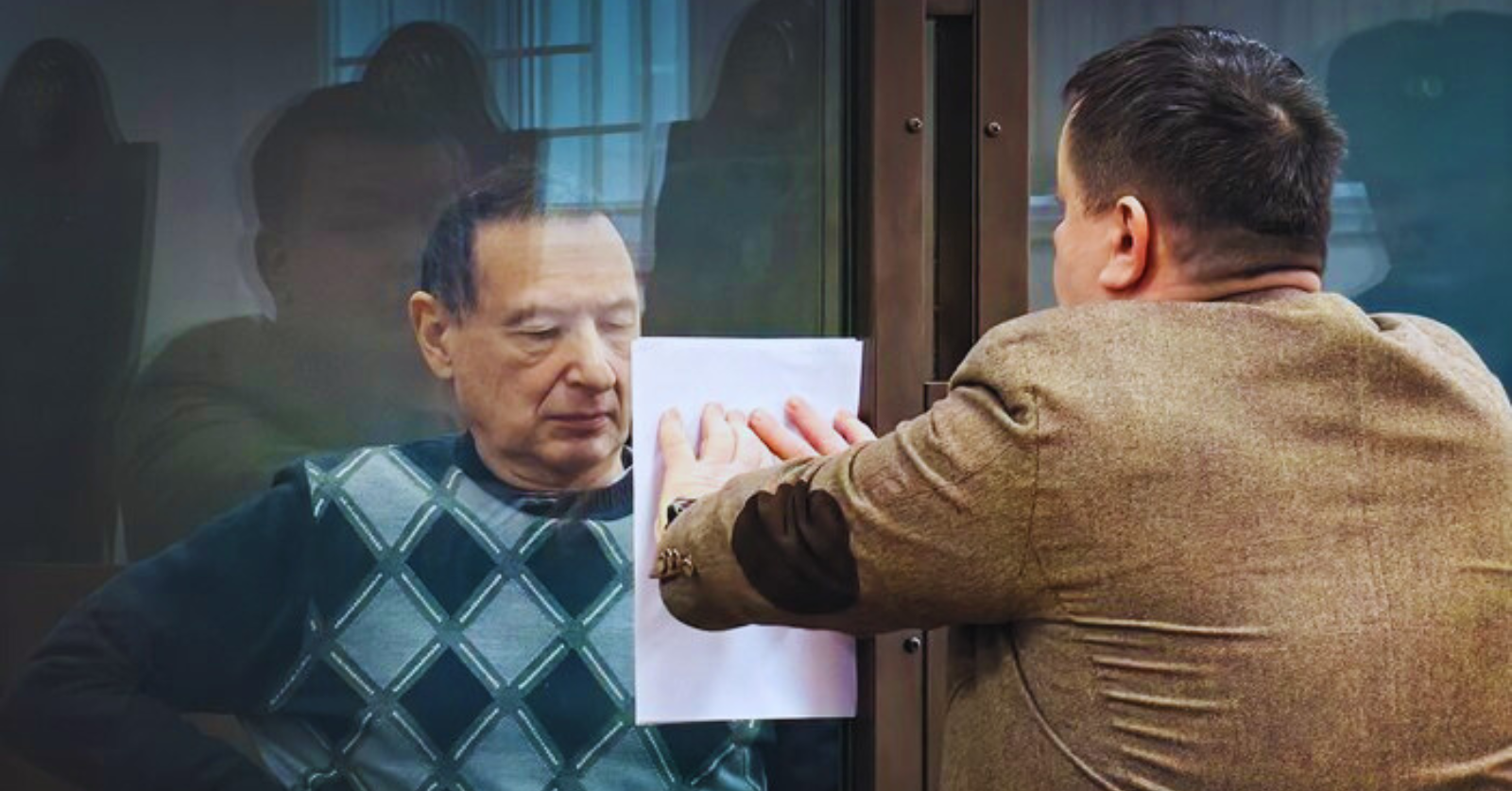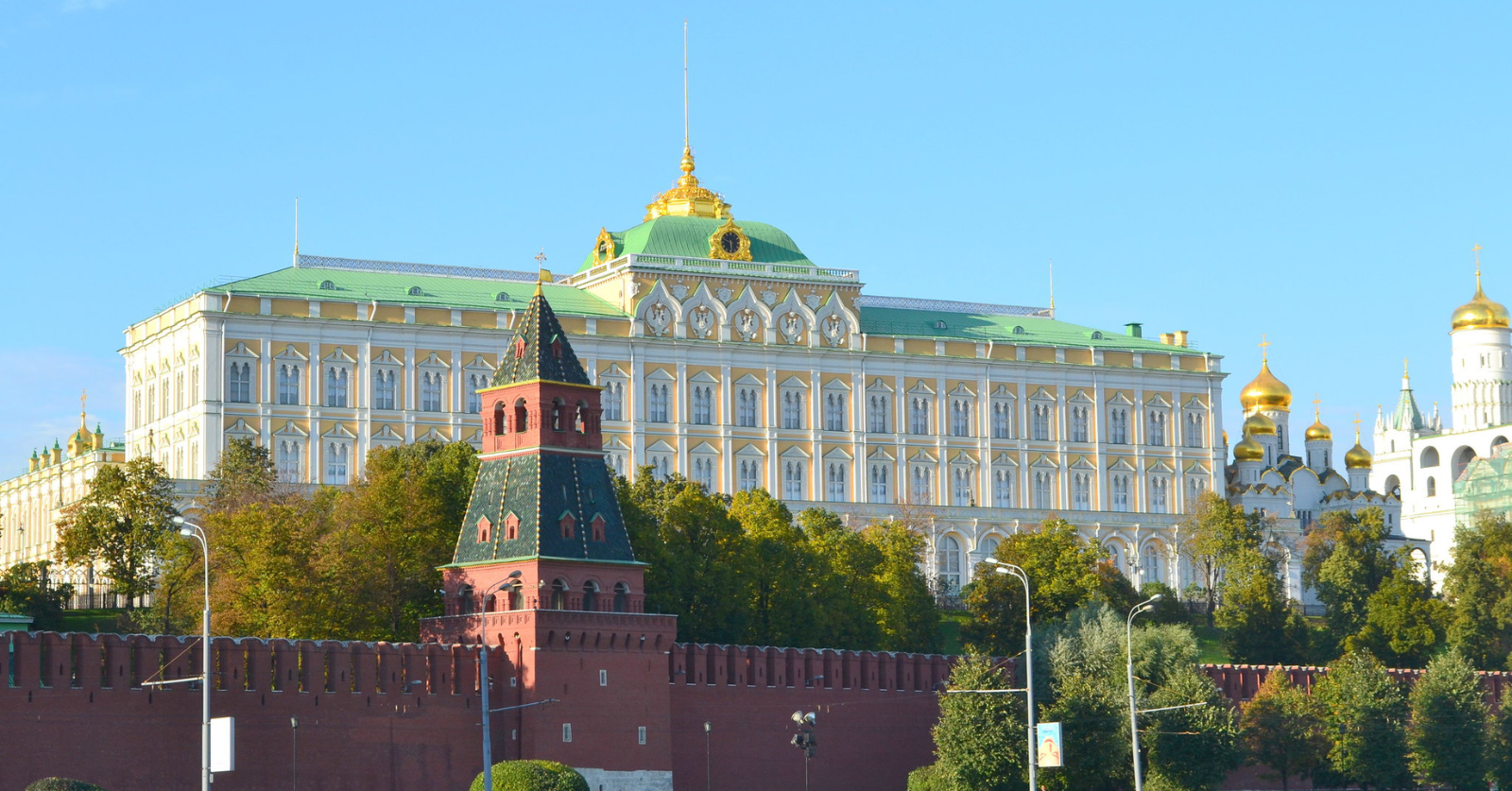Tortured martyrs are a dime a dozen in Irish history, but few match the stature or foresight of James Connolly. Connolly and his comrades — most notably fellow socialist, organizer, and advocate of Irish independence James Larkin — were at the forefront of the militant Irish labor movement that helped pave the way to Irish independence.
In his 1910 account of Labour in Irish History, Connolly declared that “only the Irish working class remains as the incorruptible inheritors of the fight for freedom in Ireland.” As socialists, Connolly, Larkin, and their compatriots believed that the only path to an all-island republic that served the interests of everyone ran through the mass organization and collective strength of the working class.
Today, left-wing Irish nationalism is resurgent. Sinn Féin, Ireland’s left-wing Irish republican party, has for the first time won a plurality in Ireland’s parliament and is gaining steam in Northern Ireland as well. These victories, particularly in the wake of Brexit and deep-rooted economic, healthcare, and housing crises, have raised the question of Irish unification once again.
But given the current political landscape, it is still unclear whose interests a united Ireland would serve. Sinn Féin’s electoral success has been built on a populist, pro-worker platform that seeks to strengthen Ireland’s social housing and healthcare systems, but the party has shied away from confronting the rotten foundations of the Irish economy — namely its status as a tax haven for foreign investors, which has created the appearance of economic prosperity, but which has been of little real benefit to working people. Further, for a transformative redistribution of wealth in Ireland to be possible, today’s movement for unification is also missing a crucial factor for victory that Connolly and Larkin identified over a century ago: an organized working class.
Labor and the Fight for Independence
The centrality of Irish workers in the struggle for Irish independence was present throughout the work and writings of Larkin and Connolly. Their magnum opus was the Irish Transport and General Workers’ Union (ITGWU) — founded by Larkin and later led by Connolly.
Leaders of the ITGWU were key in founding the Irish Labour Party, and decades later ITGWU formed the bedrock of the Services Industrial Professional and Technical Union (SIPTU), the largest union in Ireland to this day. The militant and tumultuous history of the ITGWU carries important lessons for the Irish left, both in its positive example of the necessity of shop-floor labor struggles in the fight for Irish freedom and in pitfalls to avoid.
In 1913, the Irish labor movement suffered a catastrophic assault by one of Ireland’s wealthiest businessmen, William Martin Murphy. Murphy, a prominent supporter of Home Rule in Ireland who had served in Parliament and owned much of the Dublin-based Irish press, successfully organized over four hundred employers to lock out twenty thousand Irish workers — starting with workers at the Irish Independent and the Dublin United Tram Company, but quickly spreading to nearly every major employer in the city.
After over six months of bitter – often violent – conflict, Dubliners returned to work, with the majority preferring acquiescence to Murphy’s anti-union stance to starvation. The lockout devastated the Irish labor movement and demonstrated a deep class divide in the Irish national movement.
In the aftermath of the disaster, Larkin went into self-imposed exile in the United States for nearly a decade. Several years later, the ITGWU’s paramilitary wing, under Connolly’s leadership, played an important role in the 1916 Easter Rising, a doomed military venture that cost Connolly’s and many of his comrades’ lives but succeeded in swinging Irish public opinion in favor of independence.
Even with its most important leaders dead, imprisoned, and exiled, the Irish labor movement still played an essential role in the struggle for Irish freedom. When the British attempted to introduce conscription into Ireland during World War I, organized labor successfully shut down the proposal with the largest general strike in Ireland’s history.
Labor also led the charge to unite Catholics and Protestants against partition between North and South. But the Irish Labour Party’s fateful decision to abstain from the 1918 elections helped begin a slide into political irrelevance.
The Paper “Celtic Tiger”
In a sardonic play on an old Irish saying, Connolly predicted that Irish capitalists would become “more English than the English, and so have continued to our day.” In modern Ireland, it is the wealthy, not the English, who reign supreme.
It is Irish capitalists and their allied politicians who have destroyed Ireland’s healthcare system, allowing it to collapse under the weight of a global pandemic and refusing to adequately fund the country’s public health service. It is also Irish capitalists who, first and foremost, have been behind the destruction of the housing market. As Fintan O’Toole notes in the Irish Times, the Irish government “decided to bring back 19th century landlordism, to reshape Ireland as a nation beholden to private property owners” by gradually selling off most of the nation’s stock of public housing and handing more and more of it to private landlords.
Irish elites for decades have employed an economic strategy that has led Ireland’s economic dependence on foreign direct investment (FDI). This strategy — which Terrence McDonough calls “industrialization by invitation” — prioritizes making the island “inviting” to foreign multinational corporations by keeping taxes and regulations as low as possible. This is why the country’s political establishment has fought ferociously in defense of Ireland’s abysmally low corporate tax rates, at times even butting heads with the infamously neoliberal European Union.
This strategy has reaped massive rewards for Ireland’s economic growth — at least on paper. Over the past thirty years, Irish GDP per capita has skyrocketed, averaging over six percent growth per year. The boom led commentators to label Ireland the “Celtic Tiger,” an allusion to the “Four Asian Tigers” (Hong Kong, Singapore, South Korea, and Taiwan) that underwent rapid economic growth in the second half of the twentieth century.
But things don’t look so sanguine if we peer just below the surface of this economic miracle. For one, much of that wealth and economic growth is superficial, the product of multinational corporations using transfer pricing and other tax-evasion strategies that involve registering various aspects of their business in the country on paper. A lot of Ireland’s much-touted GDP growth, in other words, does not reflect actual economic activity happening on the island.
Additionally, over the same time that Ireland’s GDP seemed to explode, the share of national income going to wages has dropped significantly, from 55 percent in 1995 to 44 percent in 2015. Despite wages lagging behind inflation, rent has soared — rising an average of 82 percent in twelve years — even outpacing the rapidly rising prices for goods and services on the island, which have led Ireland to be dubbed the most expensive country in the European Union. More and more Irish workers are being forced to work longer hours, in more precarious jobs, for less money.
For generations, Irish republicans dreamed of an Ireland free from the heavy burden of English exploitation. Now, notwithstanding its ongoing partition, Ireland is truly “free” only for the multitude of international corporations and capitalists that effectively own it. As socialists like Connolly predicted, political independence in Ireland has meant little without working-class organization. In his words, “the Irish people will only be free, when they own everything from the plough to the stars.”
Has Our Day Come?
Through the doom and gloom of Ireland’s current economic and social crises, there is a silver lining: support has surged for the Irish left, particularly the nationalist republican left.
In Ireland’s 2020 general election, Sinn Féin, the left-wing Irish republican party, won a plurality of the popular vote for the first time in the history of the Irish state. In fact, it was the first time since the 1930s that any party other than Fianna Fáil or Fine Gael, Ireland’s two centrist establishment parties, had won a plurality of the popular vote.
Years of populist agitation against the intransigence of the Irish government’s refusal to address the housing and healthcare crises may be giving Sinn Féin an opening. If trends continue, the next election could feasibly see Sinn Féin form a coalition government on its own terms. Other left-wing parties have been active as well, most notably the Trotskyist party People Before Profit, which has been at the forefront of organizing large solidarity actions in defense of refugees targeted by far-right violence.
Electoral insurgency and thriving social movements, like Ireland’s powerful abortion rights movement, have made a left-wing government possible and have put the question of Irish unity back on the table. But this raises the question: whose interests will a united Ireland serve?
Retreat or Advance?
Irish independence did not bring about the social outcomes that many nineteenth- and early-twentieth-century advocates of independence hoped it would. Rather, lacking strong working-class organization and hobbled by the retreat of the labor movement following the 1913 lockout, independence in the South of Ireland replaced the power of British landlords with that of Irish capitalists like William Martin Murphy. Today, their place has been taken by international corporations like Apple that exert immense power over the Irish state.
Any future left-wing Irish government will struggle to address the country’s serious economic woes, particularly its simultaneous housing, healthcare, and cost-of-living crises. If the Irish government attempted a radical program of economic reform — like Sinn Féin’s plans to dramatically expand Irish public housing, freeze the price of rent and electricity, and abolish private health insurance — it would probably face fierce resistance from business interests, who could threaten to pull their investments and tank the economy.
This would leave the Irish left at the same crossroads faced by other left-wing and socialist governments for the past century: whether to try to stay the course or bend the knee to domestic and international capital.
In Chile, “mass action from below, rooted in the workplace” ensured that Salvador Allende’s government maintained its “revolutionary path” before it was overthrown by a US-backed coup. In France, by contrast, capital flight and other forms of elite economic warfare pressured the Socialist Party of François Mitterrand in the early 1980s to abandon its once-radical program and instead inaugurate the era of neoliberalism in France. Bottom-up militancy might conceivably have forced the Mitterand government onto a more radical course of taking control of investment — but such militancy was not forthcoming, not unrelated to the fact that Mitterand and his allies were uninterested in mobilizing labor and the confrontation with business that would have entailed.
Likewise, Sinn Féin’s economic program will provoke strong resistance from the wealthy. It has already driven Finna Fáil and Fine Gael, two parties whose predecessors fought a civil war against each other at the founding of the Irish state, to form a coalition government to keep Sinn Fein away from power. An Irish government poised to actually implement those reforms will have to face off against the same kind of wealthy interests that Mitterrand ended up capitulating to.
At the moment, it’s not clear how Sinn Fein would respond to business opposition. In fact, Sinn Féin’s own finance spokesperson Patrick Doherty went as far as to describe the party as “pro-business.” The chief executive of Deloitte Ireland, Harry Goddard, has already observed that “there has been a general drift of their policies away from something that was much further to the left to something that feels closer to the centre left,” and University College Dublin professor David Farrell has contended that “Sinn Féin in government won’t be anywhere near as radical as many might think. It’s going to ultimately disappoint many in its core support base.”
Aside from making overtures to investors, there are other reasons to doubt a Sinn Féin-–led government’s resolve in pushing through a pro-worker program. The party has committed itself to maintaining the nation’s abysmally low corporate tax rate (tied with Cyprus for the third-lowest rate in the EU, but with far more loopholes enabling tax evasion), which does little to help Irish workers beyond artificially inflating the country’s GDP.
It also actively undermines left-wing movements abroad. “Industrialization by invitation” by design undercuts tax rates the world over and allows multinational corporations to hide their profits virtually tax-free, preventing that money from being put to use building houses or meeting other needs not just in Ireland, but anywhere else. Sinn Féin’s pledge to sustain this model is a severe disappointment. All told, it appears that the party is attempting to deal with the problem of business opposition by tamping down the radicalism of its program.
The Cause of Labor Is the Hope of Ireland
If Sinn Féin — or any left party for that matter — is serious about its slogan of building “a Republic for all,” then a dramatic change of course is necessary. As Colin Gannon notes in the Guardian, Sinn Féin’s current vision for an All-Irish Republic is disappointingly vague — a vision that has begun to look more and more like “an absorption of the north into the south, sprinkled with cosmetic changes.”
The party’s “assumption that the southern economic order should be left untouched, and that it should simply be expanded northwards” is unlikely to support their electoral ambitions. More importantly, it passes up a rare opportunity to transform the Irish state in the interests of ordinary people, and away from tax-dodging corporations.
An alternative vision might try to push Ireland from being the “lowest spender on public services in the EU” to become a country with vibrant workplace democracy, a world-class public transit system, and an economy that is not subject to the whims of foreign investors. Sinn Féin’s program as it is today would be a boon for Irish workers — but it falls far short of the transformative vision Larkin and Connolly had for a thirty-two-county socialist republic, and runs the risk of ending up closer to what Murphy-minded capitalists envision for Ireland than anything else.
That transformative program would require a confrontation with capital and likely invite a backlash from business interests. But as Vivek Chibber has written, if “capitalists have political power because they control the flow of investment, it is labor that creates the investable profits in the first place.” Though multinationals like Apple as well as domestic Irish businesses can fund political opposition to left-wing programs and threaten to slow down the pace of economic growth, Irish workers can exert their own pressure by shutting down the entire economy, just as they did when the British tried to force conscription on them during World War I.
But the contemporary Irish left still has little to no connection to the Irish labor movement, which is itself in decline. Irish labor has experienced decades of declining membership — now at just under 25 percent of the workforce — and it has shown little signs of militancy.
While trade unions in the United Kingdom just launched their largest strike wave in a generation in response to Britain’s own cost-of-living crisis, Irish labor has remained quiet. What remains of the Irish Labour Party is a faint, neoliberalized shadow of its former self. The only whimpers of labor militancy to come out of Ireland in the wake of the UK’s strike wave were from the Garda (Ireland’s national police service) and a number of social and healthcare non-profits; in both cases, planned strikes were preemptively called off.
Nonetheless, the radical tradition of Irish labor has not been forgotten. In 2019, more than 37,000 Irish nurses staged the largest strike in Ireland in years with phenomenal public support and temporarily reversed the tide of government austerity — winning a minimum 8.1 percent raise for Ireland’s lowest paid nurses, and guaranteed annual funding to maintain safe staffing levels and prevent layoffs.
Without an organized and militant Irish working class ready to strike and take to the streets for their demands, it’s unlikely that even a left-wing Irish government willing to stand up to business interests would be able to marshal the countervailing power necessary to win reforms. If Sinn Féin is serious about winning material victories for Irish workers, they would need to stop trying to woo wealthy investors and instead work to foster more worker militancy.
Though it will not happen overnight, on the latter front, they can follow the lead of socialists and other left-wing organizers in US unions like the United Auto Workers and the Teamsters, who have fought to transform their unions into militant, democratic organizations through years or decades of building rank-and-file reform networks. The Irish left can seek to do the same in unions like the INMO (Irish Nurses and Midwives Organization), which have the structural power to stand up to the political forces that will inevitably try to maintain austerity and resist reform.
While Sinn Féin’s electoral success has been inspiring, it still lacks the essential puzzle piece that Irish socialists knew over a century ago would be necessary if an independent Ireland would mean anything more than changing flags and painting mailboxes. Only through linking a powerful labor movement to a vision of Irish unification that builds an Ireland by and for Irish workers can we hope to achieve the long-standing dream of Irish republicanism.
Creating such a movement is no easy task — it would likely take years for the Left to embed itself in the Irish labor movement in any meaningful way, and years also for labor to develop the disruptive capacity needed to pose a real threat to capital. While labor’s road to a new kind of Ireland is long, it is also a prerequisite to creating an Ireland that genuinely does put its people before corporate interests.




